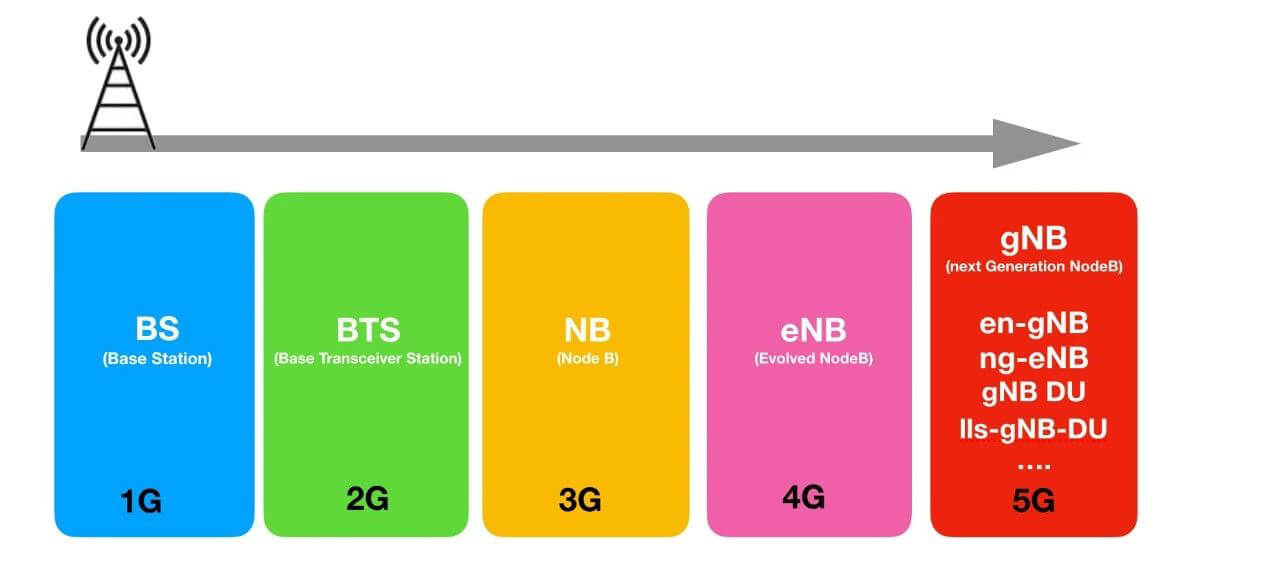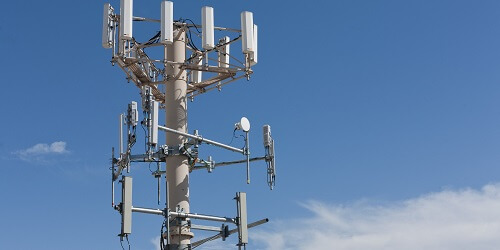Brief History of Base Station
Since the birth of the mobile communication network in the late 1970s, mobile base stations have been with humans over 40 years, bringing unprecedented changes to human society. Do you know its stories?
1G: Base Station Origin
The deployment of mobile communication networks began in the late 1970s. We call it the 1G era. At that time, the full name of the base station was called Base Station, or BS for short. The literal translation was “base station”. This name has continued to this day.
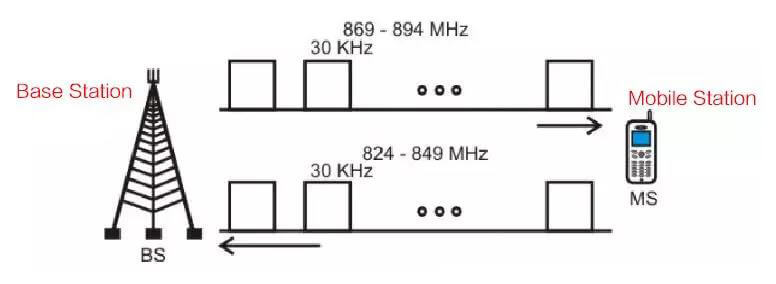
There are many standards in the 1G era, but there are two major mainstream AMPS and TACS.
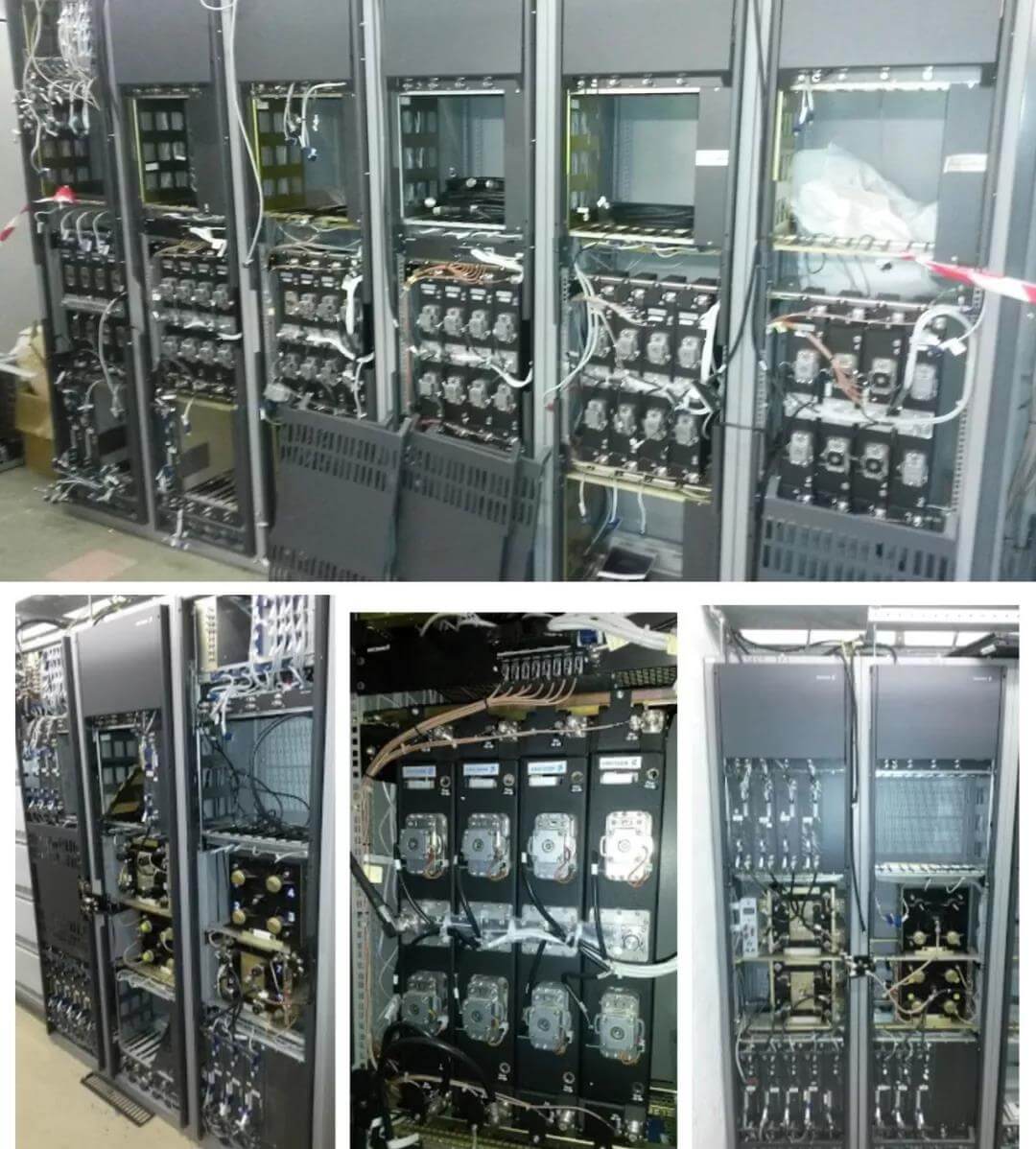
TACS Base Station (Ericsson 1G Analog Base Station)
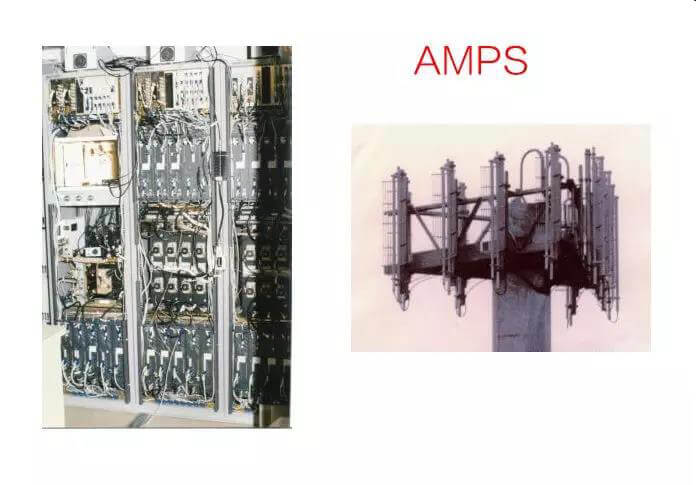
AMPS Base Station and Antenna
Shortly, 1G is an analog system, which has low capacity, poor call quality, and poor confidentiality.
2G: Integrated BTS
The base station in the 2G era is not called “Base Station”, but called BTS that is short for Base Transceiver Station, which is the base transceiver station.
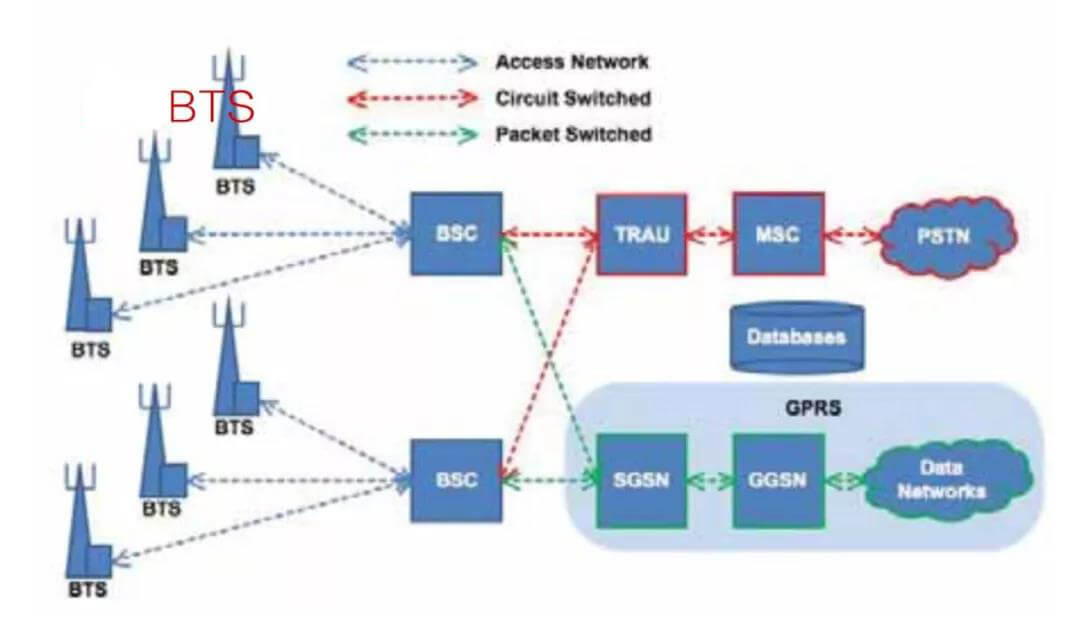
GSM Network Structure
Compared with the 1G base station called Base Station, BTS adds a “Transceiver” in the middle of the Base Station. This name is more accurate. Because Transceiver is the transceiver unit, which is an important part of BTS.
Let’s take a look at the composition of the 2G base station.
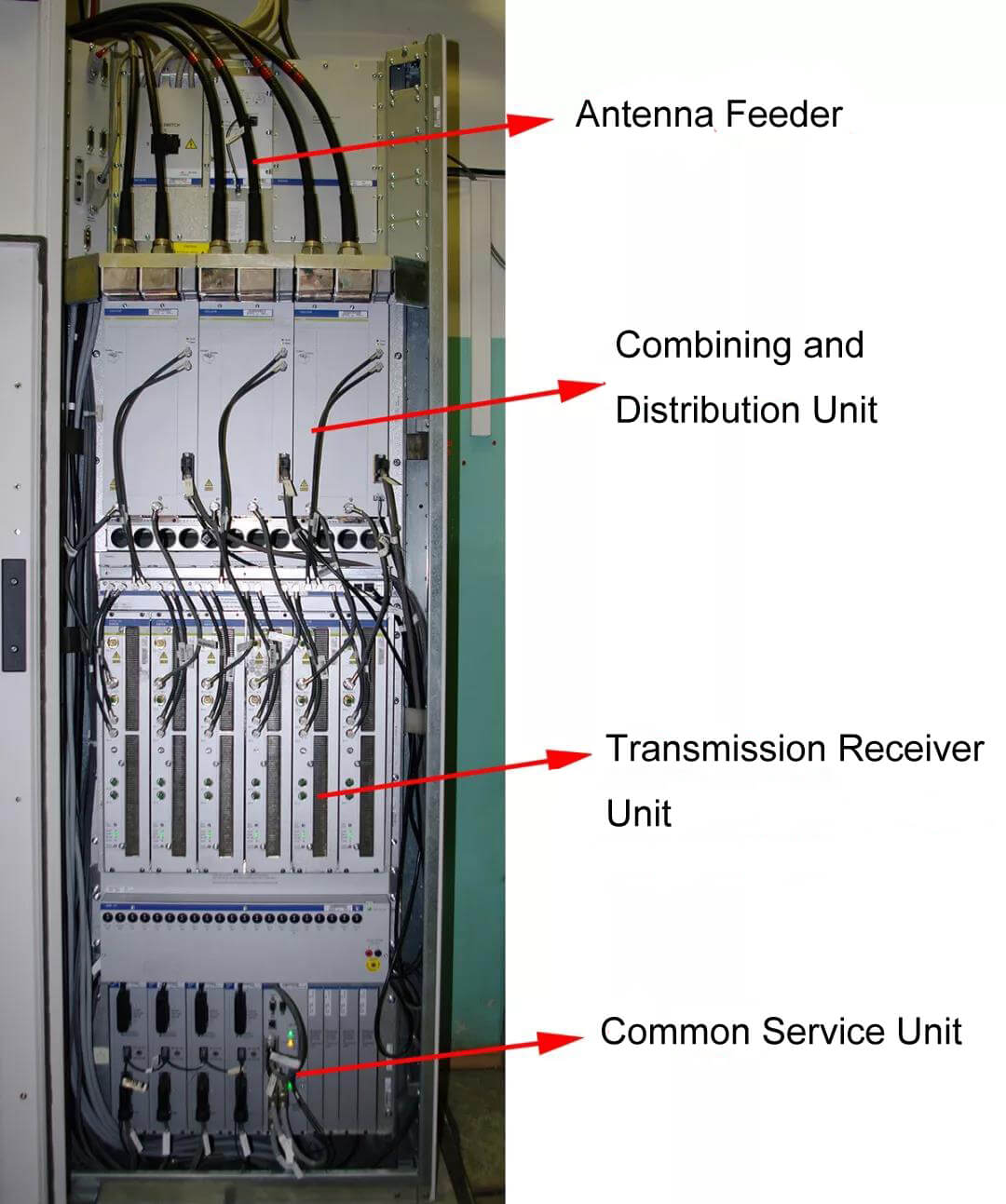
The BTS mainly includes a common service unit, transceiver unit, and a splitting unit, wherein the common unit includes a power supply unit, a transmission interface unit, a clock distribution unit, and the like.
Transceiver unit, full name of Transmission Receiver Unit, referred to as TRX or TRU, refers to the collective name of the receiver and the sender. The correspondent usually calls it carrier frequency. The functions of the earliest BTS transceiver unit include wireless signal transceiving, amplification, modulation/demodulation, codec and DSP digital processing, which is the integration of baseband unit (BBU) and radio unit (RRU). The transceiver unit is a key component of the 2G base station, which is why the 2G base station is called Base Transceiver Station.

Early 2G base stations were large and cumbersome. The expansion and operation were troublesome. Each transceiver unit can only process one carrier signal, and one carrier frequency can simultaneously have a capacity of 8 users. Each time it encounters the congestion and expansion of the base station, it must increase the carrier frequency and combiner. The operation and maintenance engineers have to carry the bulky carrier frequency. Every day, the base station is shuttled up and down the roof. If you continue to congest, you have to expand the cabinet and work harder.
In conclusion, the 2G base station is an integrated BTS. The baseband processing, RF processing, and power supply units are all placed in a single cabinet. It looks like a large refrigerator. The construction and expansion costs are high, and the operation and maintenance are troublesome. In the 3G era, base stations must develop in a more simplified and lower cost direction.
3G: BBU and RRU Separation
In order to distinguish 2G, the base station in the 3G era is no longer BTS, but is called NodeB.
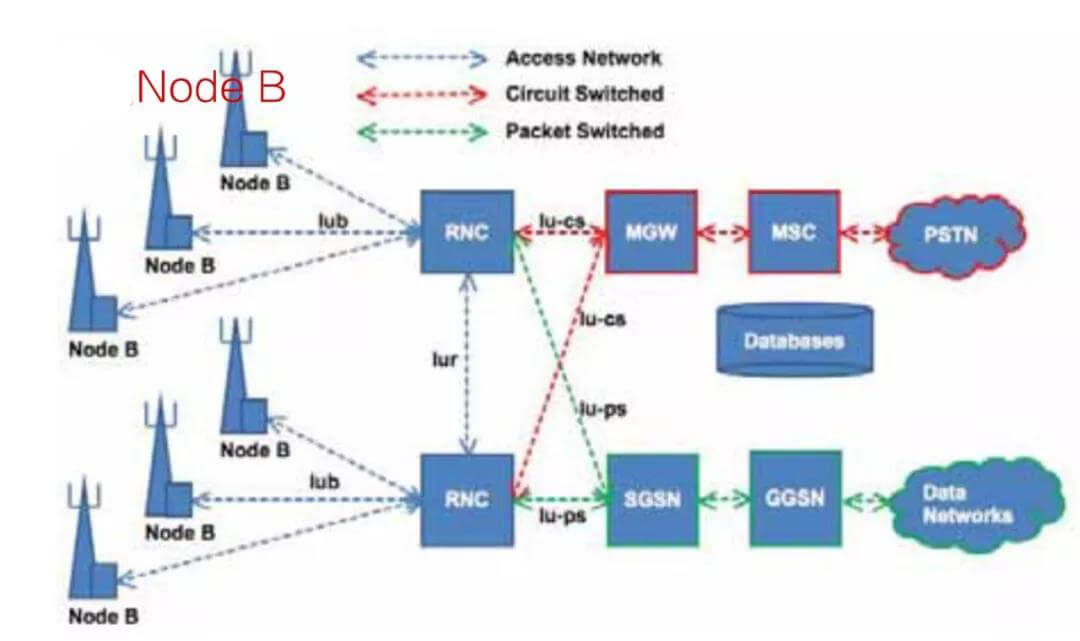
3G Basic Base Station
Compared with the 2G era, the biggest change of the base station in the 3G era is the separation of BBU and RRU. Into the 3G data era, the baseband part will introduce adaptive modulation and coding, MIMO multi-antenna and other technologies to support the rising data rate requirements. If the baseband and RF are still not separated, it means that each expansion must be separately increased. A channel from baseband processing, DAC conversion, RF power amplifier to feeder, will undoubtedly increase construction costs.
As a result, there is a separate architecture between the BBU and the RRU. The BBU and the RRU are connected by the Common Public Radio Interface (CPRI) and the Open Base Station Standard Program (OBSAI). One BBU can provide a baseband resource pool for multiple RRUs.
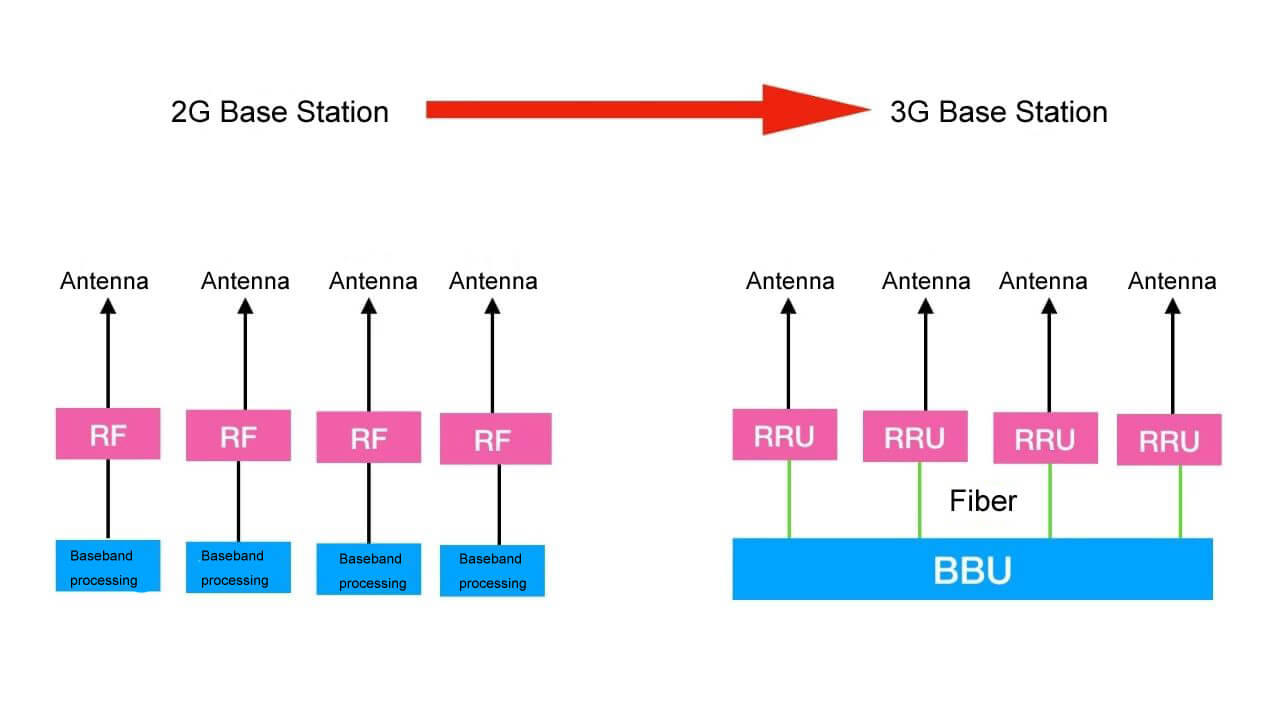
This modular base station architecture not only reduces the cost of network construction but also enhances the flexibility of network expansion and upgrade. The BBU and the RRU are connected by fiber, and the high loss caused by the long-distance transmission of the traditional feeder is avoided
In addition, operators have quietly played an ambush, because power amplifiers and RF modules usually account for nearly 50% of the total cost of the base station. If the BBU and RRU are separated, they are connected through standard interfaces, which means operators can purchase the BBU and the RRU separately from different manufacturers, thereby releasing the device lock binding, enhancing the bargaining power, and further reducing the procurement cost. However, this wishful thinking has not been realized until today.
4G: Legendary SingleRAN
4G LTE will evolve in the long term, emphasizing evolution. Therefore, the name of the 4G base station is added to the NodeB with an Evolved, ie eNodeB, evolved Node B.
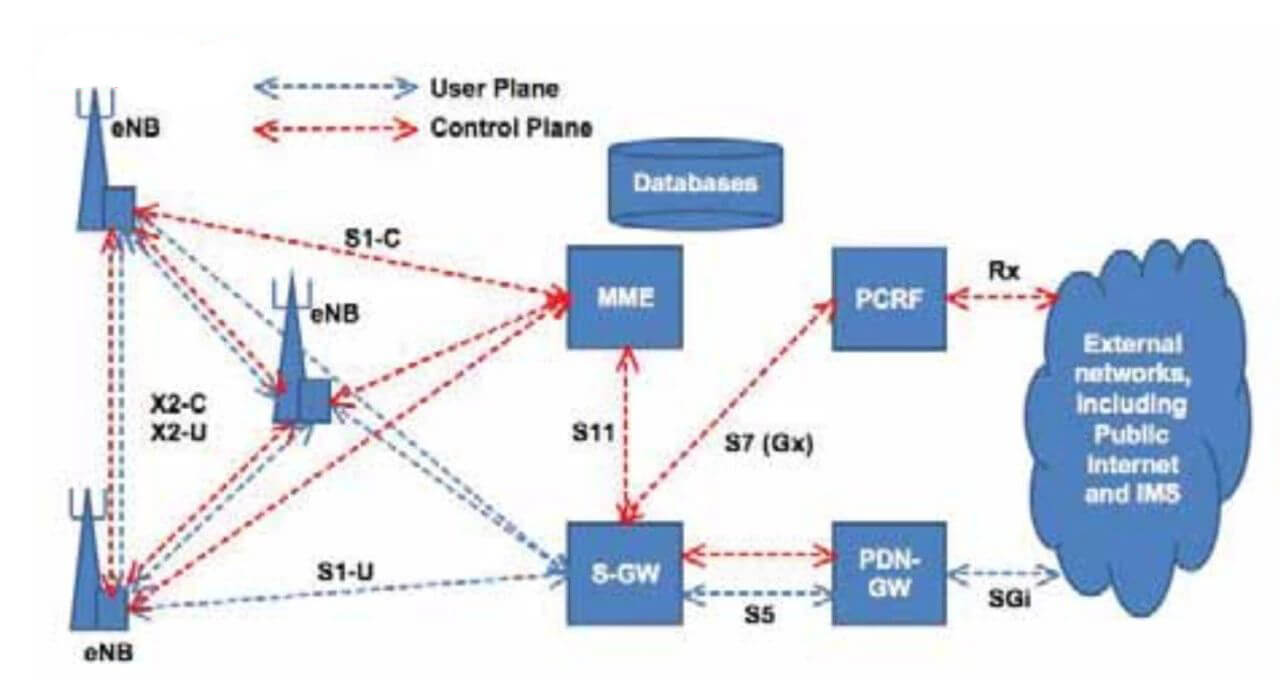
The biggest feature of the base station in the 4G era is SingleRAN, which is a set of devices that combine 2G/3G/4G standards. Single RAN also applies software-defined radio technology. It is another major change in mobile base stations after the separation of BBU and RRU, which further reduces the complexity and construction cost of the base station.
SingleRAN was first introduced by Huawei. As early as 2008, at this time, it has not entered the 4G era. Huawei and Vodafone deployed the world’s first SingleRAN base station that integrates 2G and 3G. Subsequently, operators such as Latin America América Móvil, Finland TeliaSonera, Sweden Net4Mobility, Aero2… have purchased Huawei SingleRAN products because Huawei’s SingleRAN makes full use of the flexibility of software and standards, and is aimed at future 2G/3G/4G integration, which can be lower. Costly provides operators with a smooth evolution to 4G channels.
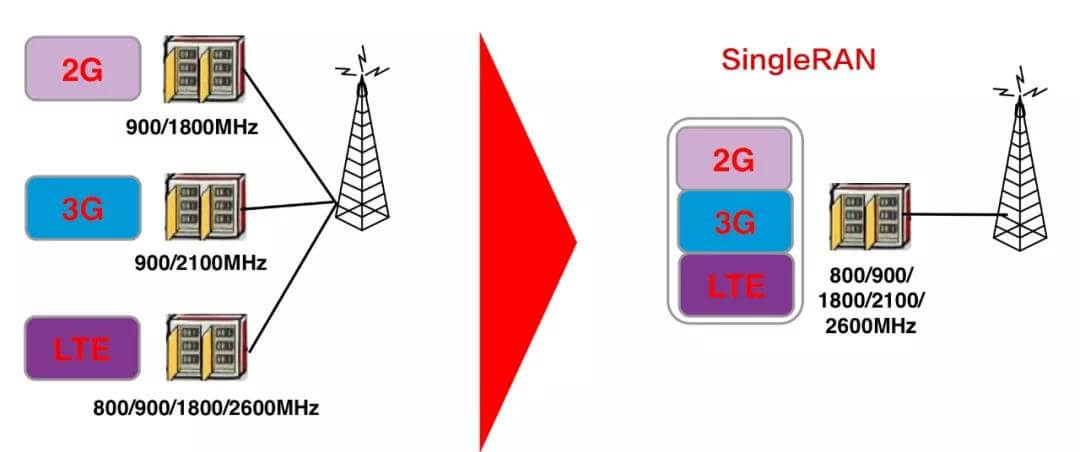
SingleRAN, a legendary product in Huawei’s wireless history, has helped Huawei to open up overseas territory in an unprecedented way. Since then, it has entered the 4G era, and Huawei’s wireless device share has climbed from the fourth place to the industry first.
5G: Base station reconstruction
Now entering the 5G era, 5G supports ultra-high speed, ultra-low latency and ultra-multiple connections, and the business is diversified, and new requirements are placed on the base station.
Firstly, the 5G base station has a forward transmission bandwidth of several hundred G to Tbps. The CPRI optical interface between the traditional BBU and the RRU is too much pressure, and some functions need to be separated to reduce the forward transmission bandwidth.
Secondly, 5G is for multi-service, low-latency applications need to be closer to users, ultra-large-scale IoT applications require efficient processing, and 5G base stations should have flexible expansion capabilities.
Unlike the BBU+RRU architecture of a 4G base station, the 5G base station is reconstructed into three parts: a CU (Central Unit), a DU (Distributed Unit), and an AAU/RRU (Remote Radio Unit).

The network between the RRU/AAU and the DU is called the preamble, the CU and the DU are called the middle transmission, and the CU to the core network is called the back transmission. Such an architecture design can better promote RAN virtualization and reduce the forward bandwidth while meeting low latency requirements.
There are four main deployment methods for future 5G base stations:
1) Independent deployment of RRU/AAU, CU and DU
The distance between the RRU and the DU is in the range of 0-20 km, and the distance between the DU and the CU can reach tens of kilometers.
2) CU and DU co-site deployment
CU and DU together, there is no transmission, the current 5G base station is basically this way.5G Base Station AAU
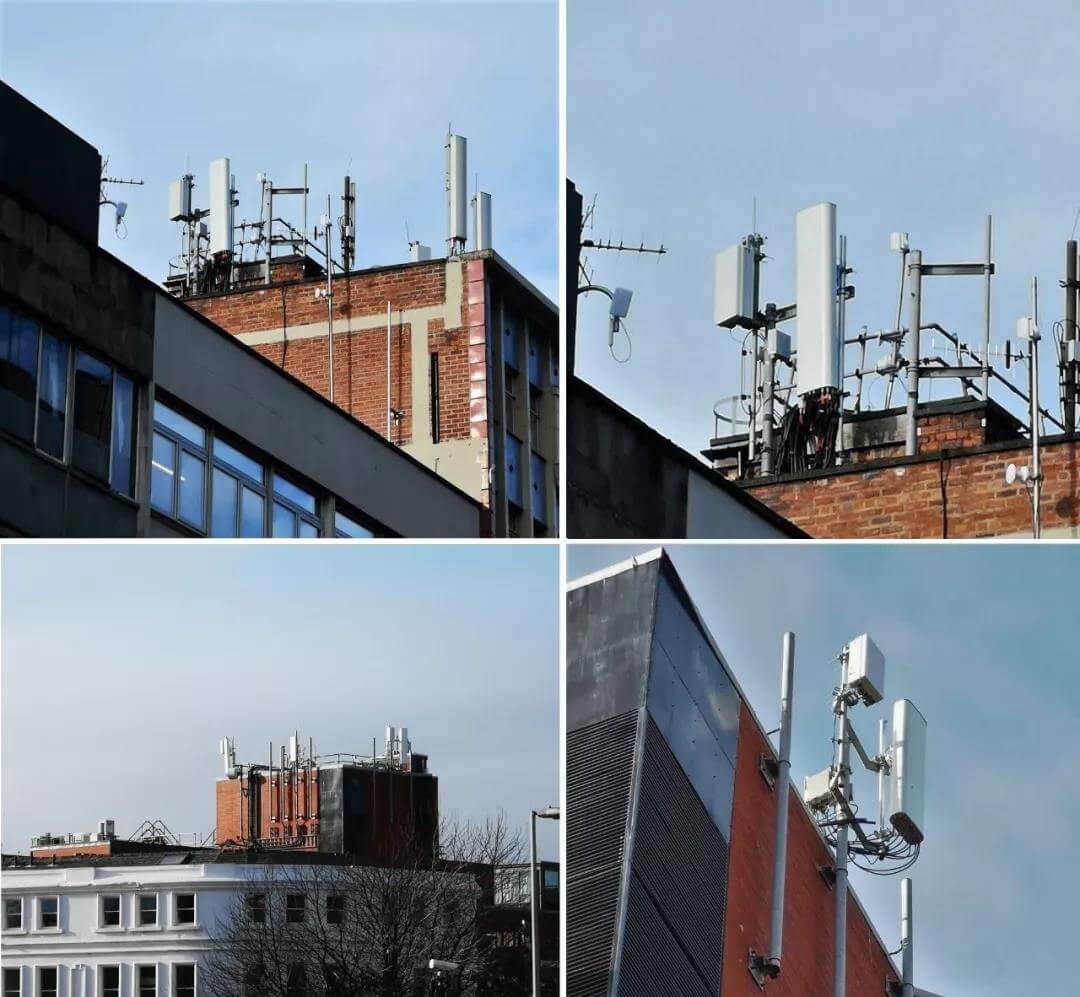
3) Near deployment of RRU/AAU and DU
RRUs and DUs are deployed close to each other, possibly hundreds of meters, for example, to achieve different floor coverage within a building.
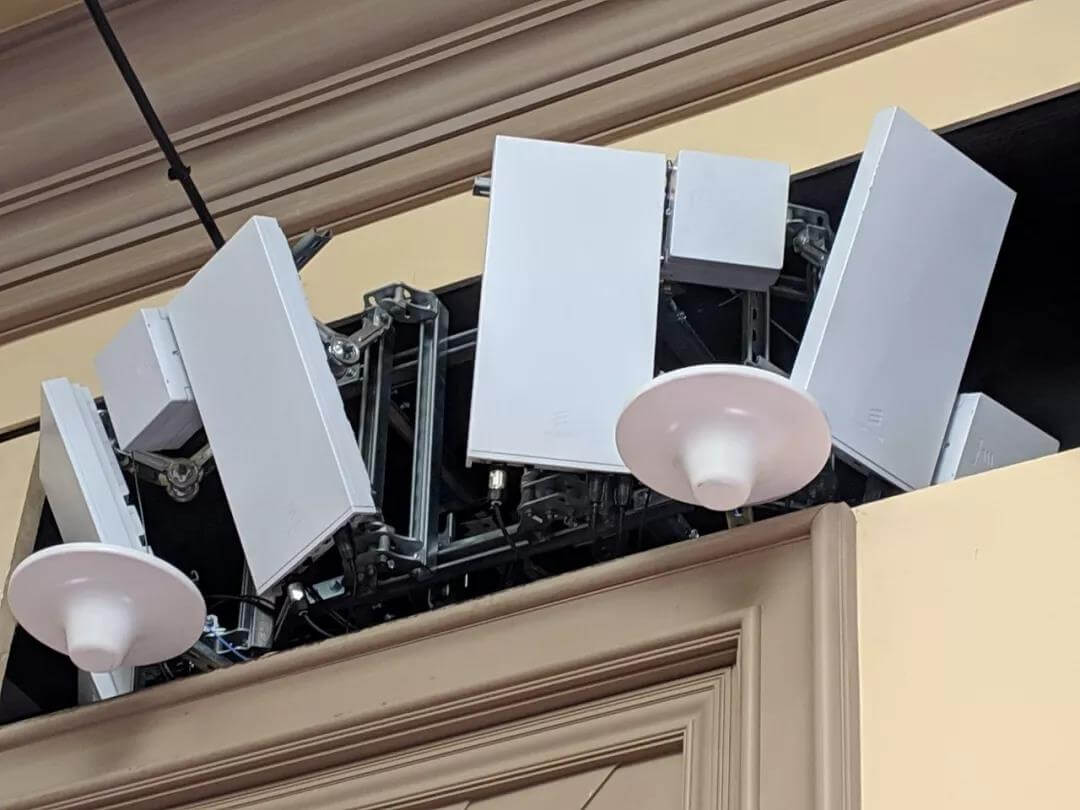
4) RRU/AAU, DU and CU Integrated Deployment
This situation is usually applied to micro-station coverage hotspots.
Finally, use a picture to describe the history of mobile base stations in 40 years, it should be like this…
